#10: Use a Reader-Writer Contract to Create a Satisfying Resolution
Andrew Davies’ Sanditon, a recent TV adaptation of Jane Austen’s uncompleted novel, aired in 2019 in the UK and 2020 in the US. It has been rather polarizing for viewers (the Twitter and Facebook arguments have been heated!). Among those who finished the series, there have been two major reactions: the first group is disappointed by the final episode, and the second group is ravenous for a second season. (Personally, I would love a second season—#SaveSandition.)
What unites both groups is a sense that the promises made at the beginning of the show have not yet been fulfilled. Whether that leads to disappointment or a desire for more so that the promises can be fulfilled (a Jane Austen heroine always gets her man!), it teaches an important principle of writing:
Audiences have expectations about what makes a satisfying conclusion or resolution for any given story, and these expectations are based on implied promises made by the writers of stories.
Note: many of these expectations are based on the standard plot structure discussed in Jane Austen Writing Lesson #4.
The Reader-Writer Contract
I first learned about the reader-writer contract in an introduction to film class that I took my freshman year of college. The principles, though, apply just as well to literature as to film.
The reader-writer contract is an agreement between the reader and the writer of a text.
The reader promises to suspend disbelief and invest their time and attention in the story. (Sometimes, the reader also makes a financial investment.)
The writer promises to weave an engaging, entertaining story that delivers on commitments made at the beginning of the story, including, but not limited to:
- Genre
- Plot
- Character
- Style
- Point of View
The Reader-Writer Contract of Jane Austen’s “A History of England”
When Jane Austen was sixteen years old, she wrote a short nonfiction text called “The History of England from the reign of Henry the 4th to the Death of Charles the 1st.” You can read it online or in book form. She did not write it with the intent of publishing it: like much of her juvenilia (her works written as a child/teen), the intent was to share and perform it with her family. “The History of England” was written in November 1791, when she was not quite sixteen years old.
We’ll examine the beginning of “The History of England,” consider how the reader-writer contract sets up its promises, and then look at how these promises are fulfilled to create a satisfying resolution.
The Title and Byline
The title page Jane Austen wrote by hand for “The History of England” (she copied this into her second notebook of writings from her youth, which can be viewed online at The British Library).
The full title of the piece is “The History of England from the reign of Henry the 4th to the death of Charles the 1st.” This is a very standard title for a serious history written in the 1790s. Of course, immediately after the title comes the byline:
By a partial, prejudiced, and ignorant Historian.
Before the piece begins, we also receive this note:
N.B. There will be very few dates in this history.
Already, Austen has established genre expectations and tone: this is a parody of standard histories. This is not a text we should turn if we truly want to learn about British history. The admission that the historian author is “partial, prejudiced, and ignorant” is clever and immediately attracts us to the speaker—despite her alleged ignorance, we immediately want to know what she has to say.
The First Paragraph
Another handwritten page by Jane Austen, from The British Library.
Jane Austen continues to establish the reader-writer contract in the first paragraph:
Henry the 4th ascended the throne of England much to his own satisfaction in the year 1399, after having prevailed on his cousin & predecessor Richard the 2d to resign it to him, & to retire for the rest of his Life to Pomfret Castle, where he happened to be murdered. It is to be supposed that Henry was married, since he had certainly four sons, but it is not in my power to inform the Reader who was his wife. Be this as it may, he did not live for ever, but falling ill, his son the Prince of Wales came and took away the crown; whereupon, the King made a long speech, for which I must refer the Reader to Shakespeare’s Plays, & the Prince made a still longer. Things being thus settled between them the King died, & was succeeded by his son Henry who had previously beat Sir William Gascoigne.
This firmly establishes the point of view of the speaker, her (intentionally) biased relationship with the subject matter, and the humor created as a result.
Promises Made and Kept
Swiftly, in the beginning of the piece, our expectations have been set, and the reader-writer contract has been forged. Here are a few of the promises that have been made:
- Genre: Parody/satire, with the effect of creating humor and commentary, both on these figures in history, and on the persona of a historian
- Plot: marriages, deaths, killings, and random details about a series of rulers from Henry the 4th to Charles the 1st.
- Character: the characters of the past are set forth, but the narrator herself seems to be a character
- Style: playful, amusing
- Point of view: first person, ignorant “historian” (not simply a reader, but someone making a claim that despite their ignorance, they still deserve the title “historian”)
These promises, having been made at the start, are kept and built upon throughout the piece.
A few of my favorite lines demonstrate this quite well:
“This unfortunate Prince lived so little a while that nobody had time to draw his picture.”
“Tho’ inferior to her lovely Cousin the Queen of Scots, [she] was yet an amiable young woman & famous for reading Greek while other people were hunting.”
“He was beheaded, of which he might with reason have been proud, had he known that such was the death of Mary Queen of Scotland; but as it was impossible that he should be conscious of what had never happened, it does not appear that he felt particularly delighted with the manner of it.”
The Satisfying Conclusion relies on these initial promises
In order for the conclusion of a story to be satisfying, it must fulfill the promises that it has made.
The following is the final paragraph of Jane Austen’s “History”:
The Events of this Monarch’s reign are too numerous for my pen, and indeed the recital of any Events (except what I make myself) is uninteresting to me; my principal reason for undertaking the History of England being to prove the innocence of the Queen of Scotland, which I flatter myself with having effectually done, and to abuse Elizabeth, tho’ I am rather fearful of having fallen short in the latter part of my Scheme. —. As therefore it is not my intention to give any particular account of the distresses into which this King was involved through the misconduct & Cruelty of his Parliament, I shall satisfy myself with vindicating him from the Reproach of arbitrary & tyrannical Government with which he has often been charged. This, I feel, is not difficult to be done, for with one argument I am certain of satisfying every sensible & well disposed person whose opinions have been properly guided by a good Education — & this argument is that he was a Stuart.
Austen maintains the genre, tone, point of view, etc., but she goes further: she takes the parody to its satisfying conclusion by throwing aside the cloak of a historian’s supposed neutrality, directly stating her skewed intentions, and closing with an unsupported, fallacious argument.
In Conclusion
Typically, the Reader-Writer contract should be established within the first 10-20% of a story. We need buy-in and commitment from our readers.
If you went to the movie theater to watch a romantic comedy and half-way through it transformed into a zombie film, you would probably walk out, unless there had been clues planted at the beginning of the film that a zombie film was coming.
Notice that the novel Pride and Prejudice and Zombies begins to establish the contract of a not-so-traditional Jane Austen story through the cover and the opening line:
“It is a truth universally acknowledged that a zombie in possession of brains must be in want of more brains.”
While the contract should be established quickly, this doesn’t mean you have to give everything away at the beginning of the story. There can be plenty of twists and turns, grand reveals and surprises, new characters and subplots—in fact, readers expect these. But if there is a large shift, hints of it must be sprinkled near the beginning. And most importantly, to create a satisfying resolution at the end of the story, the resolution must fulfill the promises set up at the beginning of the story.
It’s like ordering at a restaurant. If you order a vegetarian meal, the meal better not have chicken in it. It’s fine to defy expectations, push genre limits, experiment and break rules, but you must be aware of the contract you are establishing with the reader, and if you want a satisfying conclusion, you must find a way to keep that contract.
Exercise 1: Choose a book, film, or TV show that you have never read or watched before—this should be new for you. Now read or watch the first 10% of the book/film/first episode.
Before you read or watch more, try to figure out the reader-writer contract for this story.
- What promises has the writer made?
- What is the genre, and how does the story treat the genre? (firmly in genre, parodying the genre, mix of two genres, etc.)
- What expectations do you have for plot and character?
- What is the point of view? What is the writer’s style?
Read or watch the rest of the story, and then evaluate how it met your expectations. Was the reader-writer contract kept? Was the story effective for you as a reader/viewer? Did anything defy what was established in the reader-writer contract, and if so, was it effective?
Exercise 2: Create a template Reader-Writer Contract that works for an entire category, genre, or subgenre of writing. Make sure that this category, genre, or subgenre is one that you write or would like to write.
Sample categories:
- Literary
- Genre fiction
- Poetry
- Creative nonfiction
Sample genres:
- Romance
- Science fiction
- Mystery
- Thriller
- Cooking
- Biography
Sample subgenres:
- Regency romance
- Urban fantasy
- Bildungsroman
- Popular history
- True crime
Once you have chosen a category, genre, or subgenre, make a reader-writer’s contract. Consider standard characteristics, plot expectations (some categories/genres have very fixed expectations for plot events, while the expectations are more loose for others), character, style, point of view, and anything else that might make up part of a standard reader-writer contract for this category/genre/subgenre.
Exercise 3: We expect large promises to be fulfilled—if the story is a romance, the main couple should be together by the end of the story. As readers and viewers, we also love it when small promises are fulfilled. If the character is searching for a good taco several times throughout the story, it’s going to be really satisfying if they get that good taco by the end of the story.
Consider one of your own stories, that you have either drafted or are currently planning.
What are tiny promises that either have been made or could be made near the beginning of the novel? (Think “good taco” level promises—this could be something related to the main character, a minor character, etc.)
How and where could these promises be fulfilled?

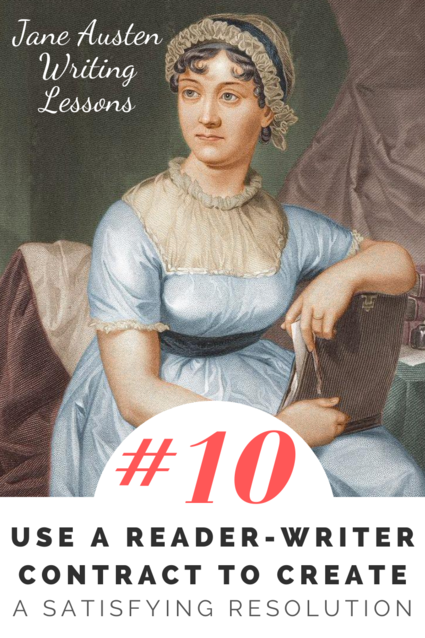
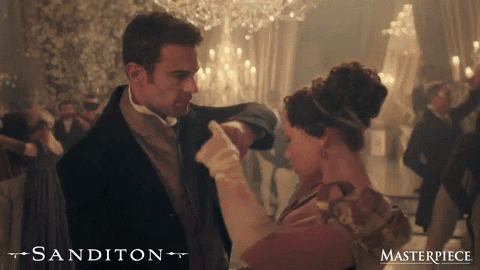
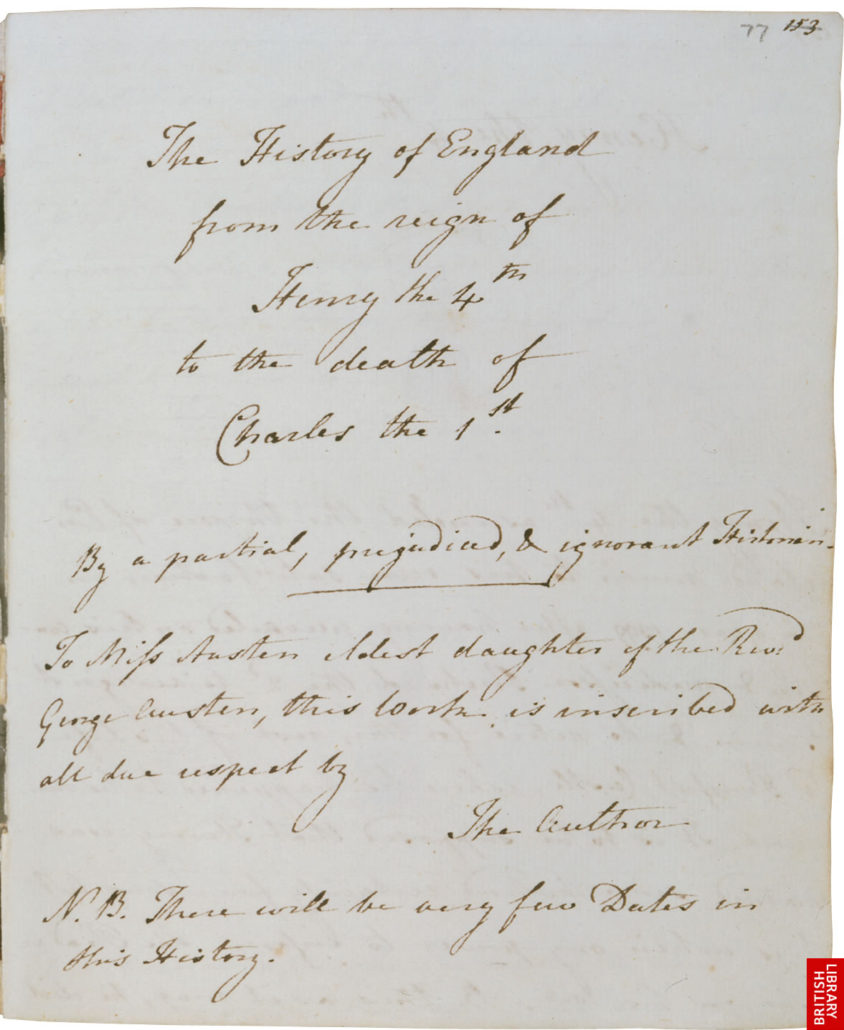
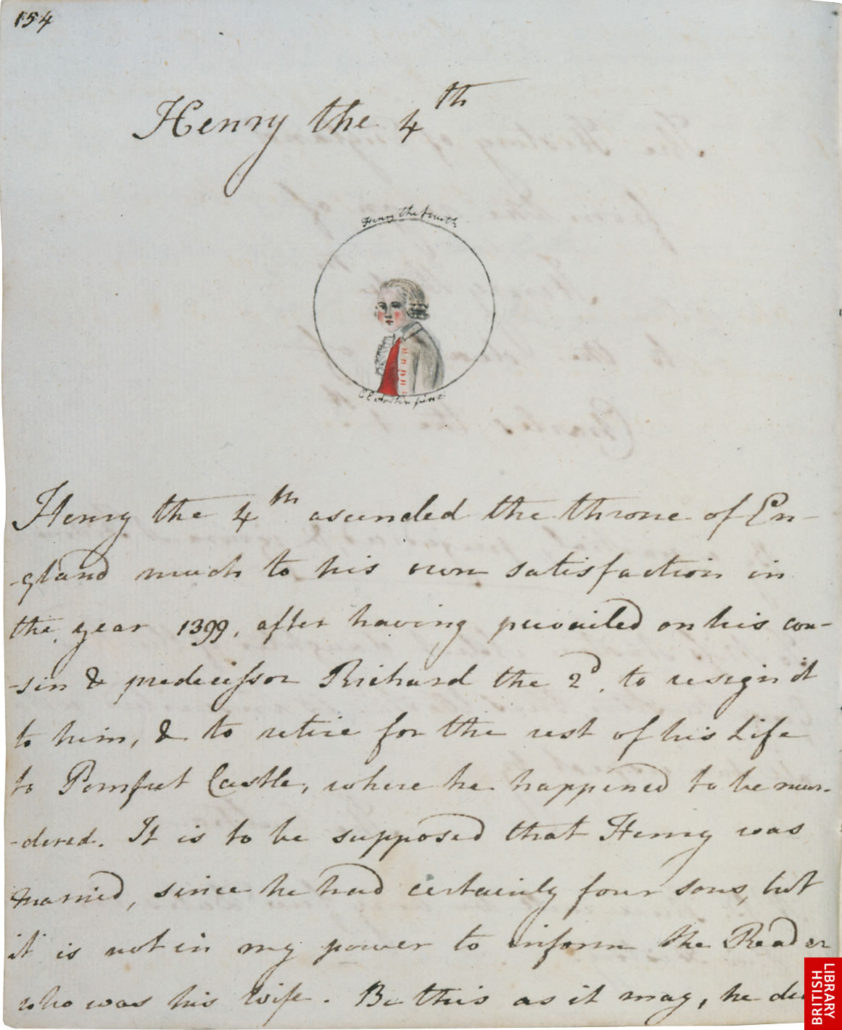
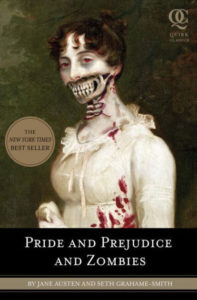

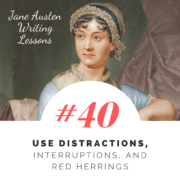
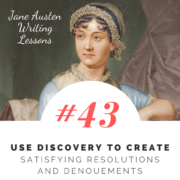
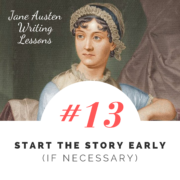
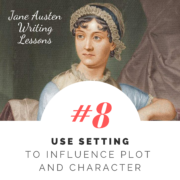
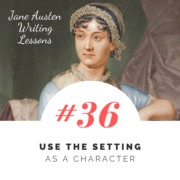
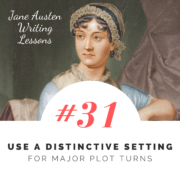
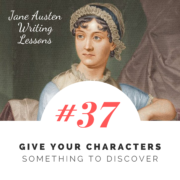
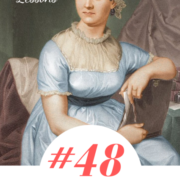


Leave a Reply
Want to join the discussion?Feel free to contribute!